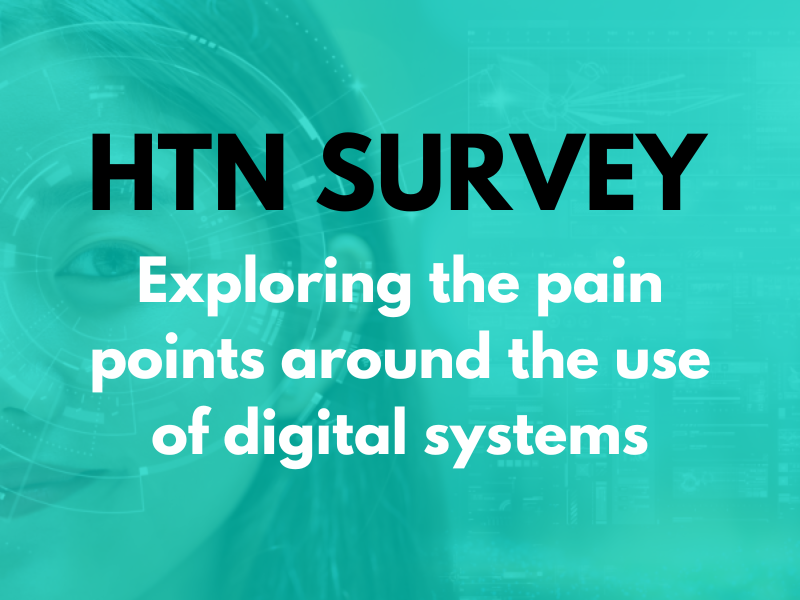The Department of Health & Social has opened a call for feedback on emerging ideas for change, as part of the Change NHS initiative launched in October 2024. The NHS App and a single digital care record for patients, are in focus.
Following more than 175,000 change idea submissions, a theme to make greater use of the NHS App is being explored further, asking for views on:
- How do you feel about having the NHS App as your main way to access NHS services and information?
- How likely would you be to use the NHS App if it became the main way to access NHS services and information?
- What concerns do you have, if any, with making greater use of the NHS App?
It also asks what should be prioritised when it comes to rolling out a single patient record – staff having access to records across different services, access to the entire record including health advice and access to testing and diagnostics, the ability to integrate health apps or wearables to promote self-management, and saving staff time or freeing up resources by enhancing efficiency.
On using technology to improve care and experience, the update notes the need of “getting the basics right” around having working IT to help staff do their jobs more efficiently, and better communication and coordination across services to prevent patients having to repeat their story more than once. Specific ideas, it continues, relate to making greater use of the NHS App for booking and managing appointments or viewing personalised health advice, and having a single digital care record for patients to help care “feel more joined up across different services”.
Digital is also mentioned regarding empowerment, where DHSC asks for feedback on what would be most helpful for individuals to stay healthy, with access to fitness apps, easier access to health records, and reminders from the NHS App all listed as potential options for selection. On “delivering care where it’s needed”, DHSC asks in which settings respondents would be happy using to speak to a healthcare professional, listing “by digital appointment” as one of the possible choices.
The call for feedback closes at 5pm on Monday 14 April. To learn more, or to submit feedback, please click here.
Change in the NHS
A HTN Now panel discussion at the end of last year saw us joined by experts from across the health sector to dissect the findings from Lord Darzi’s report, reflecting on what is holding the NHS back from innovation; the challenges and missed opportunities; and the role of digital and tech in driving change, supporting a focus on prevention and promoting integrated care. Panellists included Lee Rickles, CIO, director & deputy SIRO at Humber Teaching Hospitals; Andrew Jones, digital transformation leader at Amazon Web Services; Tracy McClelland, CCIO at Dedalus; and Dan Bunstone, clinical director at Warrington Innovation Network and Warrington ICB.
HTN covered the role of digital in supporting planned NHS reform, including the modernisation of services and the shift from hospital to community and reactive to proactive care, with the help of Dawn Greaves, associate director of digital transformation at Leeds Community Healthcare; Ananya Datta, associate director of primary care digital delivery at South East London ICS; and Stuart Stocks, lead enterprise architect with Aire Logic.
A transformation executive team was recently announced to help lead the transition of NHS England into the DHSC and “support ongoing business priorities, statutory functions and day to day delivery”. With all colleagues except for the deputy CEO expected to be in post on 1 April, the team has reportedly been drawn from the existing executive and wider NHS on secondment, with all appointments being subject to approval of the board. “Permanent recruitment and appointments will be made when the future form and structure is more clear”, the update states, whilst the roles of chief operating officer and chief delivery officer “will no longer exist in the transformation structure”.






